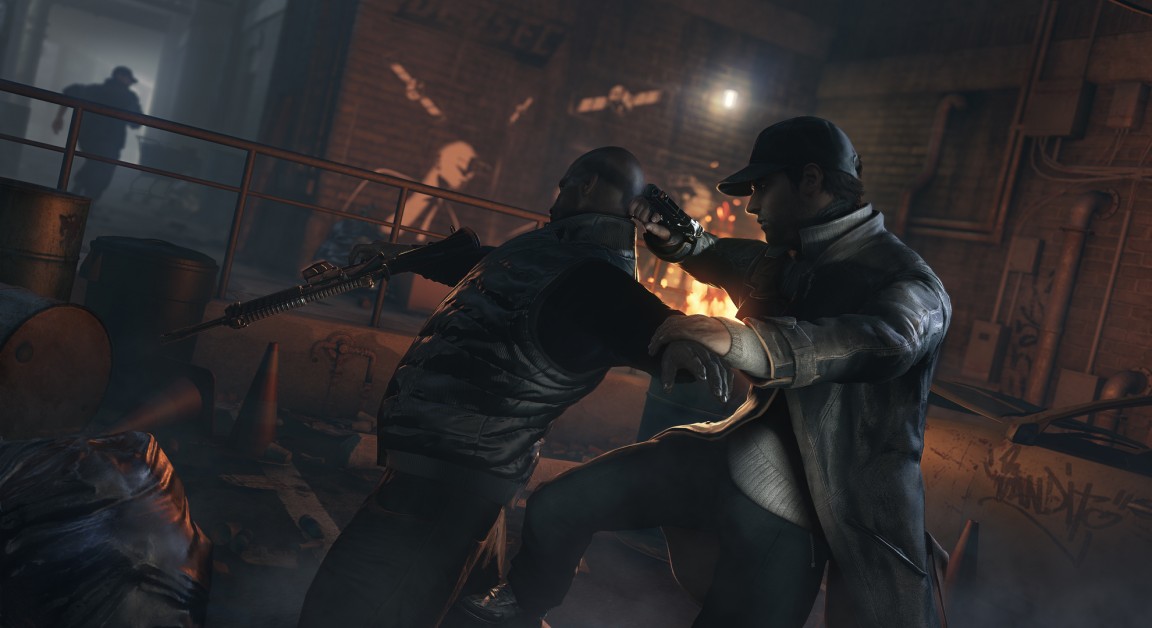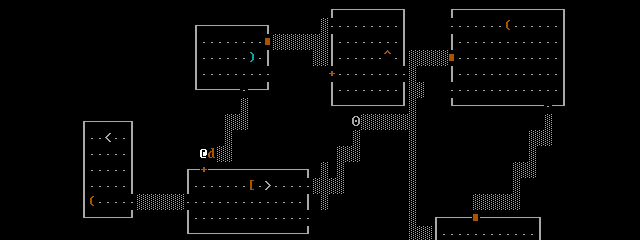Game cabinets are basically cabinets that contain low-end computers and are sometimes painted and decorated to look like real retro arcade machines. The computer is hidden inside the cabinet, opening with a lock and key; if the PC needs to be taken out for some reason. Often a joystick or game pad is firmly attached to the cabinet as controls. But if those are not available, a keyboard or mouse may be used as substitution. A sort of cabinet frame is built around the monitor, which is set slightly deep in the cabinet at an upward angle, to resemble the authenticity of an arcade machine and for easy viewing as well.
The actual computer itself need not have impressive specs or hardware - only the basics will do. Any second-hand computer, or an old one that's lying around will work. All such a 'cabinet computer' needs is:
1) A basic monitor that can fit in the cabinet. (a television can be used for better authenticity)
2) A simple, working keyboard and mouse.
3) Any old processor (even a 166 MHz Intel Centrino Processor would do)
4) A CD-ROM drive to install the operating system.
5) A USB port to transfer files in, or use the CD-ROM Drive.
6) A set of speakers to render the game sounds and music.
7) A 10 or 20 Gigabyte hard disk.
And that's it - no internet capabilities such as wireless bluetooth, a modem, or ethernet ADSL broadband are needed. After all, did arcades have internet access in those days? ;)
Now on such a computer, a low-end operating system with low system requirements will do, such as Microsoft Windows 98 or Windows Me, or a minimal distribution of Linux (such as Zenwalk). Microsoft no longer supports Windows 95, Windows 98, or Windows Me, so you can either buy a used copy of Windows off eBay or any local computer shop. Old or unused copies of Windows 98/Me should cost around $30 to $50. However, if you want to cut down on expenses, you can download a free Linux distribution from the internet. A few examples of good, minimalistic Linux distributions are Zenwalk, SLAX, Zipslack, or Debian. Read up on them on websites like Distrowatch or Wikipedia to see which one best suits your needs, but Windows is still a safe bet.
Once the machine has been set up with an operating system, you should now load it up with Emulators and ROMS. Emulators are software programs that run ROMS (the arcade games). You need emulators as these games do not run natively on Linux or Windows just like double clicking an EXE file (an executable).
The best known emulator for all sorts of arcade games is known as MAME, which works for both Windows and Linux and ROMS for such games can be searched for on the internet. The ROM file sizes usually aren't all that big, taking up a few megabytes each. If you want to play laser disc games like Dragon's Lair, Dragon's Lair II, Space Ace, etc. you will have to use another emulator known as DAPHNE. Do note that the ROM game files for laser disc games take up a lot of memory, being anywhere from 200 megabytes to 1 gigabyte for each game, so you want to watch your hard disk space there.
When it comes to actually building the game cabinet, you will need plenty of large wood materials and carpentering tools, or you can order such custom parts from companies specialising in selling game cabinet parts, including wooden frames, special televisions, joystick controls and more. You can even buy a complete game cabinet frame plan from them, or order an empty cabinet pre-built, shipped and delivered to you. The second alternative seems to be a cheaper solution instead of buying new materials, but the choice is all yours.
Sites like GroovyGameGear and the BYOAC Wiki can help you out and give you more authentic information and details on how to build your dream game cabinet. So go out there and build your own arcade machine!






 FIFA 13 Career Mode
FIFA 13 Career Mode DOTA Hero Tips: Puck the Faerie Dragon
DOTA Hero Tips: Puck the Faerie Dragon Watch Dogs: By Any Means Necessary – Rossi-Fremont, take down Iraq
Watch Dogs: By Any Means Necessary – Rossi-Fremont, take down Iraq Guide to Roguelikes - Origin of Roguelikes, Notable Roguelikes
Guide to Roguelikes - Origin of Roguelikes, Notable Roguelikes Amnesia: The Dark Descent Gets Philosophical
Amnesia: The Dark Descent Gets Philosophical